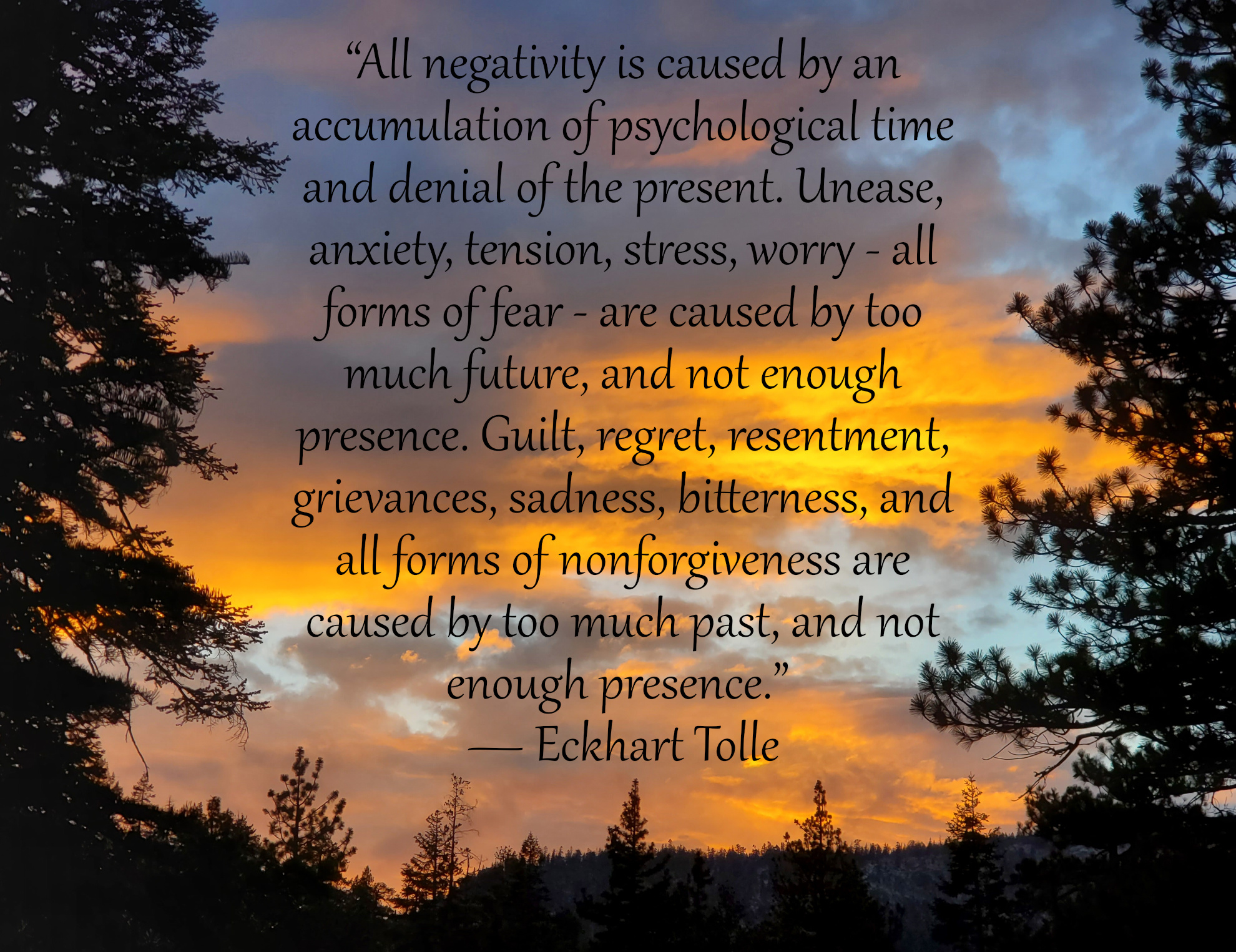This being human is a guest house.
Every morning a new arrival.A joy, a depression, a meanness,
some momentary awareness comes
as an unexpected visitor.Welcome and entertain them all!
Even if they’re a crowd of sorrows,
who violently sweep your house
empty of its furniture,
still, treat each guest honorably.
He may be clearing you out
for some new delight.The dark thought, the shame, the malice,
meet them at the door laughing,
and invite them in.Be grateful for whoever comes,
Jalaluddin Rumi
because each has been sent
as a guide from beyond.
One of the most common needs, questions, and problems that clients are seeking answers to relates to how to handle the painful, difficult, overwhelming, and sometimes frightening emotions that arise in life.
In fact, one way of looking at all psychotherapy is that it is an attempt to open our heart more so we can allow our difficult feelings, in order to minimize the amount of time and energy we spend avoiding our feelings (and it takes a lot of time and energy to do so), which then frees that time and energy for us to live, flourish, and prosper.
This page contains some resources that I have found helpful in learning, practicing, and teaching this fundamental life skill.
Eckhart Tolle
Eckhart Tolle has some of the best (in my opinion) explanations and instructions for dealing with difficult emotions. Here are a few:
This video cannot be embedded and must be watched on YouTube: https://youtu.be/KuJxEcyVgRg
This video cannot be embedded and must be watched on YouTube: https://youtu.be/9wd2CMXhU0s
This video cannot be embedded and must be watched on YouTube: https://youtu.be/Aujrhxwu8CA
This video cannot be embedded and must be watched on YouTube: https://youtu.be/PyXrrbYjugg
Rupert Spira
I like Rupert Spira’s explanations of “two approaches” to dealing with emotions (which he calls the Vedantic and the Tantric).
The Vedantic approach is creating distance between our true self (consciousness) and our experience (the emotion). The Tantric approach is getting very close to the emotion and experiencing it as pure body sensations and realizing that they are not in fact a threat, just unpleasant, neutral, or even pleasant sensations.
He uses the metaphor of boxing, in which the opponent cannot hurt us from far away, or from very close (when boxers hug to create safety).
In this video, Rupert guides a person through the two approaches in relation to anger, but it can apply to any emotion:
These videos expand on the explanations for skillful work with emotions:
This interview with Deepak Chopra focused on how to handle difficult feelings. Starting at minute 10:45, they cover resisting, embracing, transcending, and transforming painful emotions.
Tara Brach
Tara Brach made the acronym RAIN for 4 steps for working with difficult emotions:
- Recognize what is going on;
- Allow the experience to be there, just as it is;
- Investigate with interest and care;
- Nurture with self-compassion
She explains each step here: https://www.tarabrach.com/rain-practice-radical-compassion/
An audio guided version of the RAIN practice:
Michael Singer
Michael Singer has what feels like to me to be a “tough love” approach to spirituality. He’ll say things like “there’s something wrong with you”, which could make some people bristle or cringe. But when I listen in context, he’s saying that there is wounding/trauma that is creating pain and distorting perception. The upside to his approach and perspective is the emphasis on what is within our control — managing our own responses to situation — to shape our experience of the world. I find it empowering, and I’ve benefitted from reading and listening to all of Michael’s main books and talks.
Joe Dispenza
I’m a fan of Joe Dispenza’s work on handling emotions. On the surface, it seems like he contradicts time-honored advice (e.g. in the Rumi poem above) advice to welcome and surrender to all emotion. But looking more deeply at it, I believe he is simply pointing at the same outcome from a different position. Dispenza is essentially warning against getting caught and swept away by negative thoughts and emotions in an unconscious way. In fact, he says over and over that if we’re going to make a positive change, it’s going to be unpleasant to the body at first, because we’re addicted to a certain way of thinking and feeling, and that in order to transform, we need to stay with whatever unpleasant response the body presents when we start taking more effective actions. If we stop scrolling on social media, for example, we might feel uneasy because the social media had been anesthetizing us against unpleasant thoughts and feelings, so in order to move to the other side of them we have to stick with it, and that involves not finding the same or some other means of addictive escape. Eventually, the discomfort gives way and we’re one step further to being free. Here’s a sample of his message. If you like it, there is an abundance more of it online for free and he has written several books, including one with the great (I think) title, Breaking the Habit of Being Yourself.
